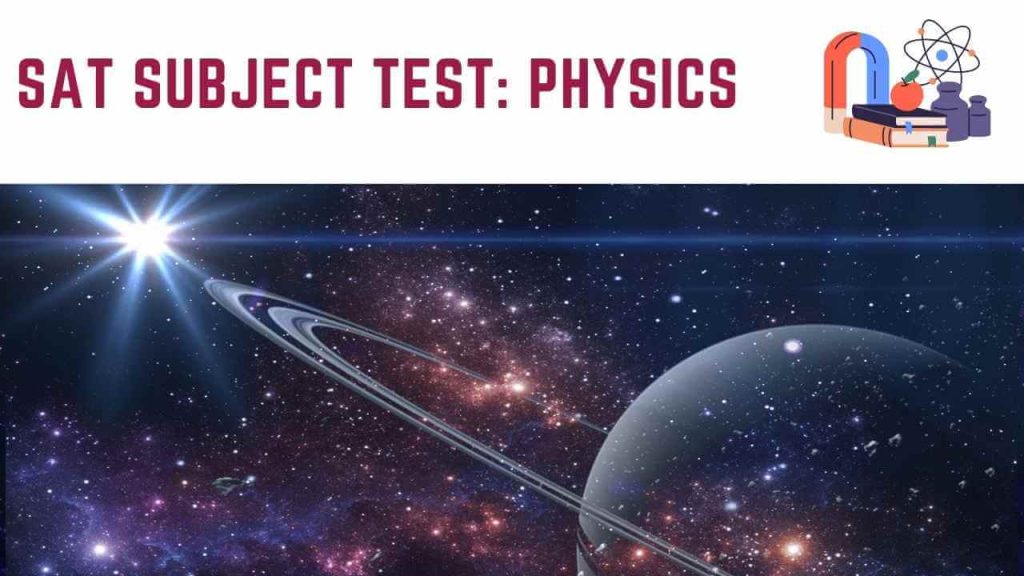
SAT Subject Test: Physics ?⚙️
Showcase your understanding of fundamental physics concepts through topics like mechanics, electricity, waves, and thermodynamics. Ideal for students aiming for STEM programs, this one-hour multiple-choice test helps boost your college application with a strong score in science.
SAT Subject Test: Physics – Your Guide to Success
The SAT Subject Test in Physics is designed for students aiming to showcase their proficiency in fundamental physics concepts. It’s an excellent opportunity for aspiring engineers, scientists, or medical students to strengthen their college applications and demonstrate readiness for university-level science.
Why Take the SAT Physics Test?
The SAT Physics Test helps colleges assess your understanding of core physics principles. A strong score can highlight your academic strengths, especially if you’re applying to competitive science or engineering programs.
What’s Covered in the Test?
The test covers key topics across five major domains of physics:
Mechanics (36–42%)
- Kinematics
- Newton’s Laws
- Work, Energy, and Power
- Momentum
- Circular Motion and Gravitation
Electricity and Magnetism (18–24%)
- Electrostatics
- Circuits
- Magnetism and Electromagnetic Induction
Waves and Optics (15–19%)
- Wave Properties
- Reflection and Refraction
- Sound and Light Behavior
Heat and Thermodynamics (6–11%)
- Temperature and Heat Transfer
- Laws of Thermodynamics
Modern Physics (6–11%)
- Quantum Phenomena
- Atomic and Nuclear Physics
Test Format and Structure
- Duration: 60 minutes
- Questions: 75 multiple-choice questions
- Scoring: 200–800 scale
This test emphasizes conceptual understanding over heavy calculations. You’ll need to apply physical principles to various scenarios, often with limited formula use.
Preparation Tips
- Review Core Concepts: Focus on understanding rather than memorization. Concepts like Newton’s laws and conservation principles often recur.
- Practice with Past Papers: Familiarize yourself with the format and question style using official College Board resources.
- Use Diagrams: Drawing force diagrams or motion graphs can help visualize problems.
- Take Timed Tests: Practice under timed conditions to build speed and accuracy.
Who Should Take It?
High school students who have completed a year-long algebra-based physics course (not necessarily AP Physics) and have taken Algebra II and basic trigonometry will be well-prepared.
Conclusion
The SAT Subject Test in Physics is a strategic way to enhance your STEM college application. With focused preparation and a strong grasp of fundamental principles, you can achieve a high score and stand out to top universities.





